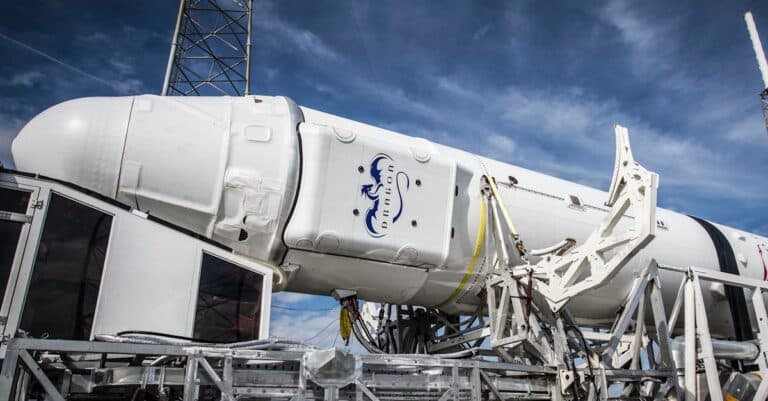A satellite navigation system is a network of artificial satellites that provide accurate data on the position, speed, and time to users located on the surface of the Earth. Through a receiver, this system allows for the determination of geographic coordinates in real-time, thereby facilitating travel. The introduction of this technology has profoundly changed the way we navigate, rendering traditional methods such as maps and compasses obsolete. Today, thanks to systems like GPS, navigation has become more accessible and intuitive, transforming our daily commutes and travels by offering unprecedented accuracy and reliability.
A satellite navigation system, often referred to by the acronym GNSS (Global Navigation Satellite System), is a collection of satellites positioned in space that enables the determination of a user’s position on Earth. These systems, such as the Global Positioning System (GPS), GLONASS, Galileo, and Beidou, are essential for a variety of applications ranging from maritime and aerial navigation to geolocation on smartphones.
The functioning of a satellite navigation system relies on the transmission of radio signals from multiple satellites to a ground receiver. This signal contains information about the satellite’s position in space and the time at which the signal was emitted. By measuring the time it takes for the signal to reach the receiver, the latter can calculate its distance from several satellites, thus accurately determining its own position in three dimensions: latitude, longitude, and altitude.
Technological improvements have allowed for remarkable precision. Indeed, high-quality receivers can provide positioning data to within a few centimeters, especially when combined with augmentation systems that adjust the data based on different factors, such as the ionosphere and troposphere.
Satellite navigation systems have had a significant impact on how we move. Before their advent, navigation methods relied on maps and celestial bodies, making navigation less reliable and more complex. With the introduction of GPS in the 1990s, the need for mapping and manual calculations has significantly decreased, making navigation accessible to a much wider audience.
Today, these systems are an integral part of our daily lives. They have revolutionized logistics and transport, enabling real-time tracking capabilities for vehicle fleets, thus optimizing routes and improving delivery efficiency. Navigation applications on smartphones also leverage these technologies, providing precise driving directions to millions of users.
Moreover, satellite navigation systems are crucial for activities such as topography, search and rescue, and even precision agriculture. For instance, farmers can use GPS for more efficient spreading, minimizing resource waste.
Understanding this technology is not only necessary for everyday users but also for those working in specialized fields such as aerospace and defense. The use of advanced navigation systems enables better time and operation synchronization, essential for ensuring flight safety. Similarly, military forces rely on navigation systems for accurate missile guidance and ground operation coordination.
In summary, satellite navigation systems have profoundly changed our way of orienting ourselves in space. They continue to evolve, prompting advancements in various fields while making mobility more practical and efficient for all of us. With the constant increase in devices connected to this technology, the future of navigation looks promising, marking the beginning of a new era of smart mobility.
FAQ about satellite navigation systems
Q : What is a satellite navigation system?
A : A satellite navigation system is a set of satellites that transmit signals allowing a user to determine their position, speed, and time using a receiver.
Q : How does a satellite navigation system work?
A : A satellite navigation system works by receiving signals from several satellites, which continuously emit information about their position and the time of emission. The receiver measures the time it takes for the signal to reach it, thus allowing for the calculation of distance and therefore the user’s position.
Q : What are the main satellite navigation systems used today?
A : The main satellite navigation systems used today include the American GPS, the Russian GLONASS, the European Galileo, and the Chinese Beidou.
Q : How have satellite navigation systems revolutionized our journeys?
A : Satellite navigation systems have revolutionized our journeys by providing unparalleled positioning accuracy, enabling real-time navigation, and facilitating travel by car, air, and sea, while improving the safety and efficiency of movements.
Q : What does a satellite navigation system provide to its users?
A : A satellite navigation system provides its users with geographic coordinates in three dimensions (longitude, latitude, altitude), speed of movement, as well as the date and time.
Q : What challenges do satellite navigation systems face?
A : Challenges include positioning accuracy that may be affected by physical obstructions, clock synchronization errors, and atmospheric disturbances that can alter received signals.
Q : How are satellite navigation systems used in a civilian context?
A : In a civilian context, satellite navigation systems are used for road navigation, precision agriculture, time transfer, fleet management, and many other applications that require precise positioning.























